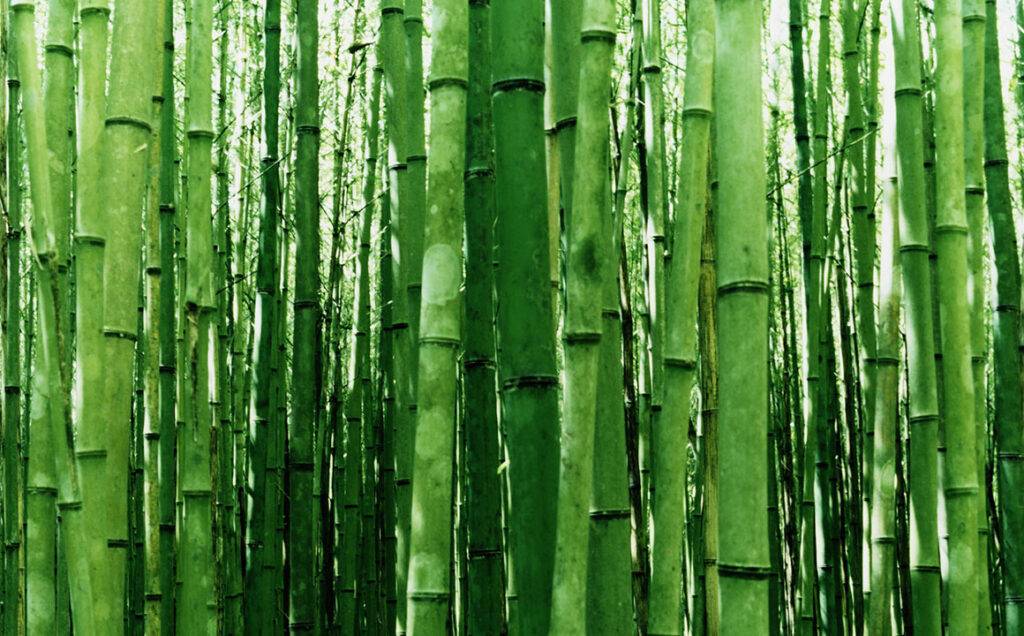Creating a beautiful garden is a joy for any gardening enthusiast, but it’s equally important to be mindful of the plants you choose. Some plants, although pretty, can become invasive. Before you know it, they will take over your garden, crowding out other species and wreaking havoc on your carefully planned landscape. To prevent this from happening, we decided to warn you beforehand. So here are some of the most invasive plants that you should avoid in your garden.
Japanese Knotweed
Even though it’s gorgeous, Japanese knotweed is an incredibly invasive plant that can quickly dominate your garden. It has bamboo-like stems, heart-shaped leaves, and produces small, cream-colored flowers. Its beautiful appearance masks its destructive potential. Japanese knotweed’s relentless growth is driven by an extensive root system that can damage foundations, roads, and drainage systems. Eradicating it can be a monumental task, that you probably won’t be able to complete on your own. Very often, it even requires professional intervention.
English Ivy
English ivy is known for its lush, dark green leaves and climbing habit. Even though it’s a pretty choice for ground cover or as a wall climber, its charming appearance conceals its invasive tendencies. English ivy spreads aggressively through its ability to climb and smother native plants and trees. It deprives them of sunlight and nutrients, ultimately altering the local ecosystem. To maintain control over its growth, it’s best to keep it away from natural areas.
Purple Loosestrife
Purple loosestrife has striking spikes of purple-pink flowers, which makes it a favorite amongst gardeners. However, its beauty masks its invasive nature, which can wreak havoc on natural wetlands. This plant can quickly take over wetlands, displacing native vegetation and disrupting ecosystems. Its rapid spread can be detrimental to local wildlife, making it an undesirable choice for any garden.
Bamboo
While bamboo can be an attractive addition to a garden, it’s crucial to choose non-invasive varieties. Running bamboo species, in particular, can become a relentless invader. Running bamboo sends out underground shoots that can emerge far from the original planting. These shoots can be challenging to control and remove once established, potentially causing headaches for gardeners and neighbors alike. Luckily, there are other variations that bamboo lovers can choose from.
Callery Pear
Callery pear trees, often sold under the name Bradford pear, are known for their early spring blossoms. They produce white flowers and have a pyramidal shape, making them popular in landscaping. However, even though they look innocent and sweet, they also have the power to give you a headache. Callery pears are invasive because they crossbreed with other pear species, producing thorny and less desirable offspring. These wild pears can displace native trees and disrupt the local ecosystem.
Wisteria
Wisteria is prized for its cascading clusters of fragrant, violet-blue flowers. However, it can become invasive if not properly managed. Wisteria vines can quickly cover trees, structures, and the ground. They outcompete native plants and can be challenging to control once established, potentially causing structural damage and ecological disruption.

